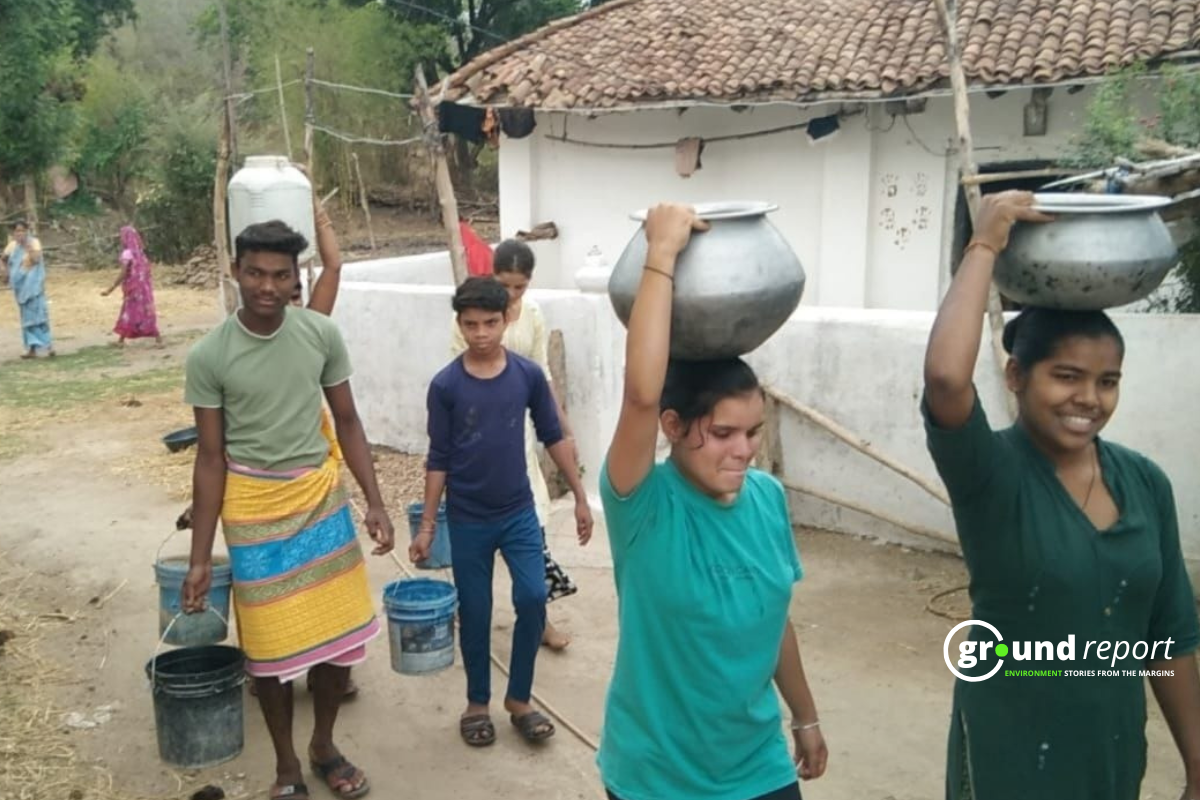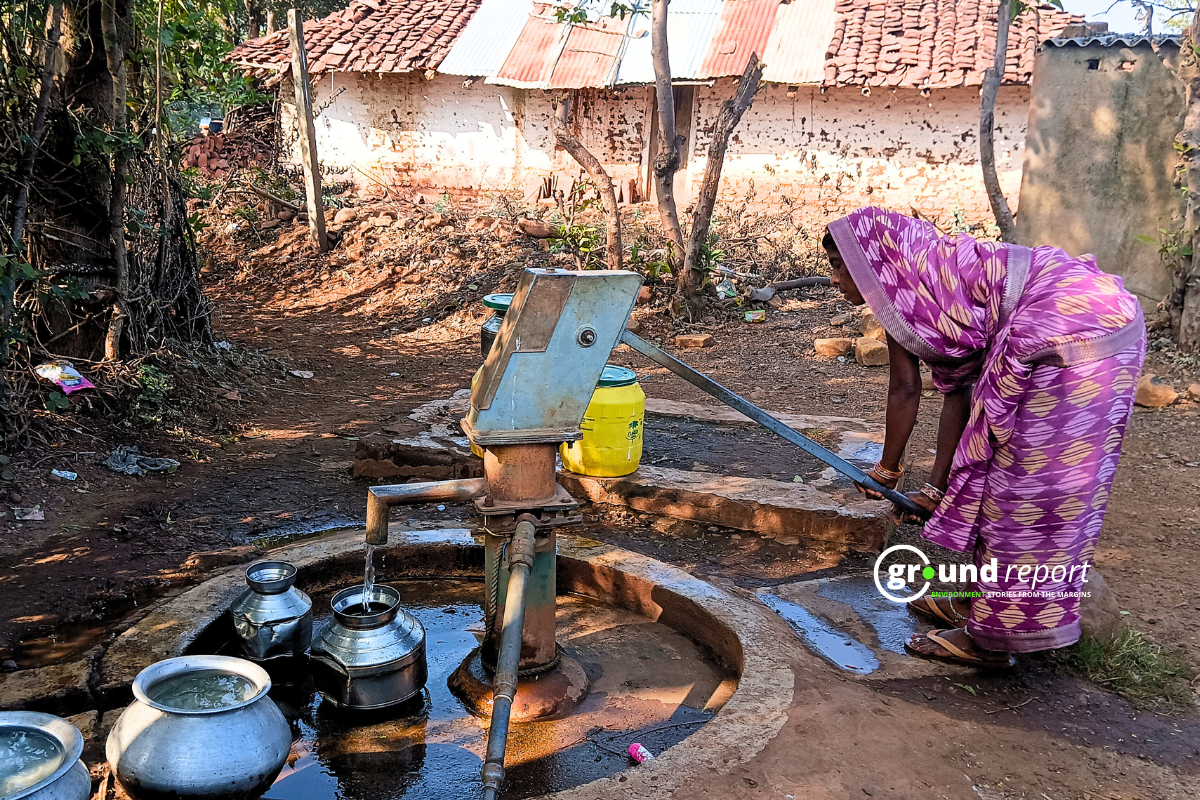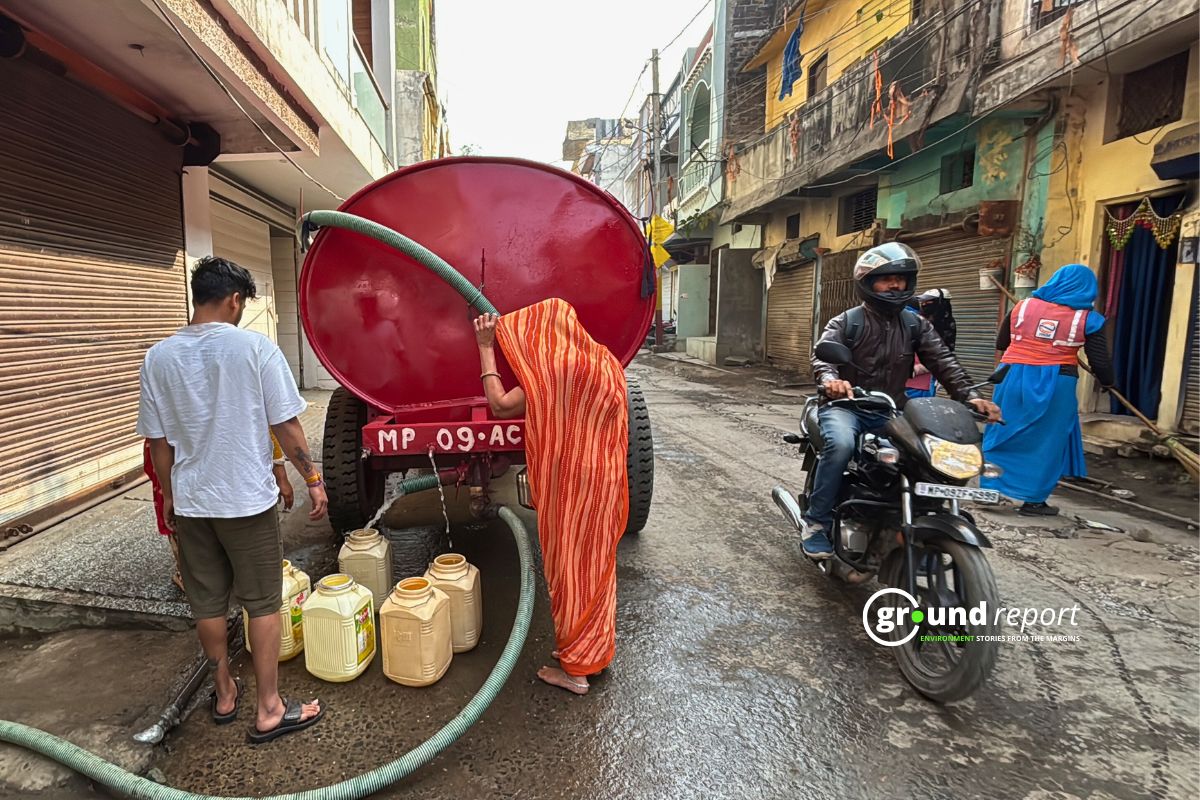Many parts of India are facing a water shortage. Both surface and underground water sources are stressed. As cities grow, people rely more on underground water. But taking too much water out and not handling sewage properly has made the water quality worse.
Scientists from the Korean Institute of Science and Technology and Korea University wrote an article in the Water Research journal in February 2024. They say they found a way to help store water underground and make it better.
Their idea is called aquifer storage and recovery (ASR). They say it could help in a world where the climate is risky. They put water from the surface into the ground through special wells or shafts. Then, it’s kept there for later use.
States try storing water underground
Some states in India, like Karnataka, Tamil Nadu, Maharashtra, Rajasthan, and Telangana, have tried out ASR projects to help manage water better. They’ve tested it to see if it works.
Other states are also looking into whether ASR could work for them. According to Nandakumaran P, a former chairman of the Central Groundwater Board, it’s important to study ASR in different situations to make sure it helps with water problems.
In Bihar, districts like Nalanda and Rajgir have shown that ASR could be a good idea. But there’s a big concern: if the water we put into the ground is already dirty, it could make the groundwater worse. This happens especially when the water has a lot of dissolved organic matter, which is a complex mix of stuff in the water.
Too much of this dissolved organic matter can make the water acidic, carry other bad stuff like heavy metals, and make the water taste and smell bad. It also helps bad bacteria grow. If this bad water gets into lakes and ponds, it can mess up the water there too.
Dirty water can harm the quality of underground water. Microbes help clean it by breaking down harmful substances. Iron also plays a role in this process.
Iron gives microbes something they need to clean the water. It acts like a meal for them. This process, called Dissimilatory Iron Reduction (DIR), is important for cleaning up water during ASR.
The type of iron available affects how well this process works. Some types of iron, like goethite and hematite, are better at helping microbes clean water than others.
Study: Nitrate speeds up cleaning
In a recent study, experts conducted a 10-day experiment in conditions without oxygen. They found that adding nitrate to the water helped speed up the cleaning process. It also helped turn less effective types of iron into better ones, improving the overall water quality during ASR.









